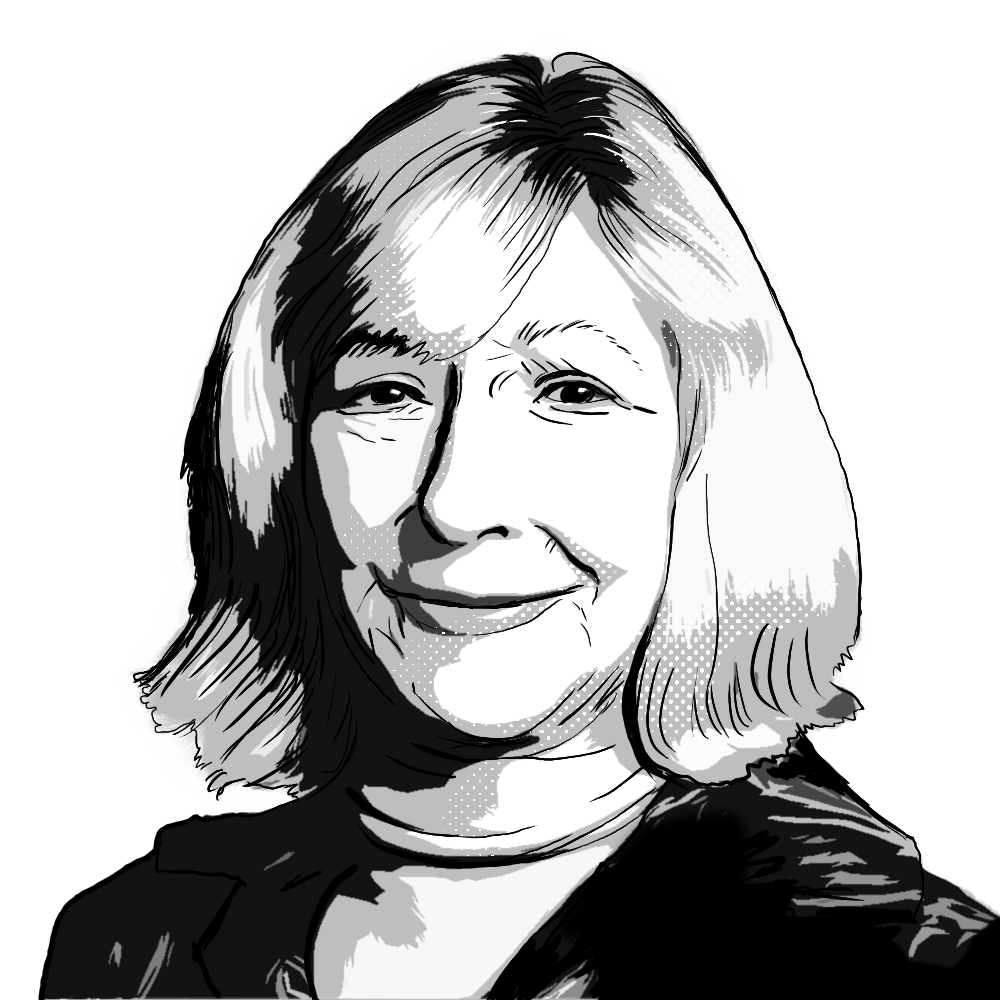The Office for National Statistics has its critics – mostly within the government – but you wouldn’t believe the amount of data it churns out. Their output is way beyond figures for inflation and growth, and some of it must be challenging even for numbers junkies.
Just this morning I got an email from the ONS headlined “Disaggregating UK annual subnational gross value added to lower levels of geography: 1998 to 2021”. I mean, that is a must-read, isn’t it? Well, actually it is.
Behind a less-than-captivating title is a brilliant, fantastically detailed breakdown of the productivity of the UK’s towns, cities and regions. It makes for very sobering reading. After last week’s report by the mayor of London into why other parts of the UK would suffer more than the capital does from Brexit; this is the proof.
The headline figures are clear enough. London and its commuter towns along the Thames Valley had the highest productivity of all Britain’s regions in 2021, at a staggering 42% above the UK average.
The lowest levels of productivity are typically found in rural or coastal areas, with Brecon, Bideford and Whitby having the lowest labour productivity at well over 40% below the UK average.
But the best part of this report, and what really brings it home is the interactive map the ONS has created. You can find it on this link.
Just spend a few moments looking at it and click on your home area and compare it with others. As you will soon find out London and the Thames Valley are practically a different economy to the rest of the UK. This is where the foreign investment is concentrated, where the corporate headquarters are based and where the financial services industry is at its most concentrated and wealthiest. And it is getting wealthier all the time.
But then look at where HS2 was going to go. If you could have linked up Birmingham and Manchester, Leeds, Liverpool and a dozen other towns with London; that wealth could have spread further and further north.
Even Birmingham and Manchester, our second and third cities are economic also-rans besides London. Then look at the areas of industrial decline; Scunthorpe, Doncaster, Sheffield, and many others; they are out of reach of London economically speaking.
You can also go back and see the economic gaps from 2009-2021. Very little has changed except that more parts of the south east have soared away from the rest of the country.
So much for levelling up, so much for 14 years of Tory government.
Finally, look at the Brexit heartlands: Skegness, Cromer, Great Yarmouth, Hastings, Cornwall and a dozen others; in fact, virtually any of the coastal areas, especially of England.
These are the places that have been totally left behind, abandoned, where there are few if any good, secure careers, let alone jobs. They are, and this is no coincidence, the places with terrible infrastructure and poor links to the rest of the country. The places where 40 years of low infrastructure spending, lost jobs, and industrial decline are obvious. The places that actually got lots of EU funding, because they were and are among the poorest regions of Europe.
I am pretty sure you could lay a map of Brexit votes in the referendum over this one and it would match almost perfectly.
But these “lost” parts of the UK are also the kind of areas which have been worst hit by Brexit and where the damage will continue to be heaviest. As a result, in another ten years, this map will be even starker and even more depressing.
The country is split between the haves and the have-nots, and the split is increasingly a chasm.












